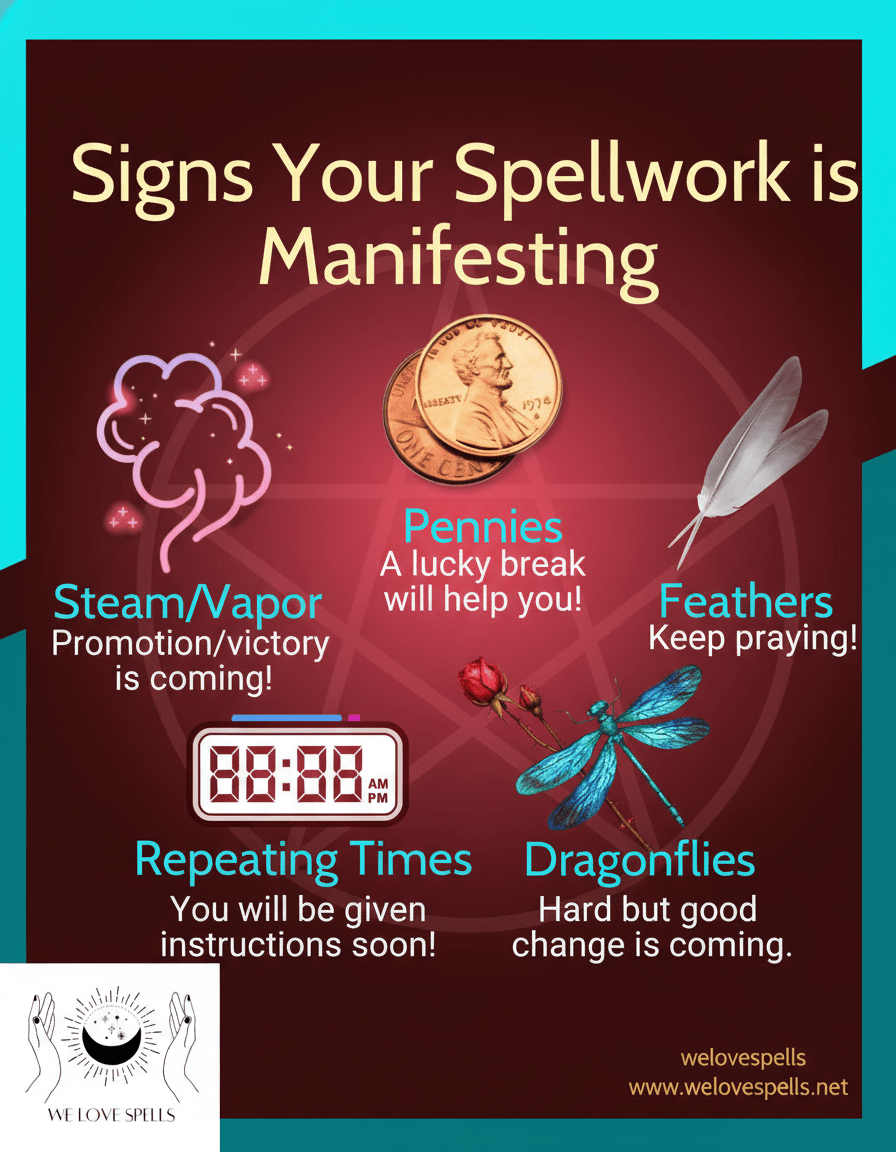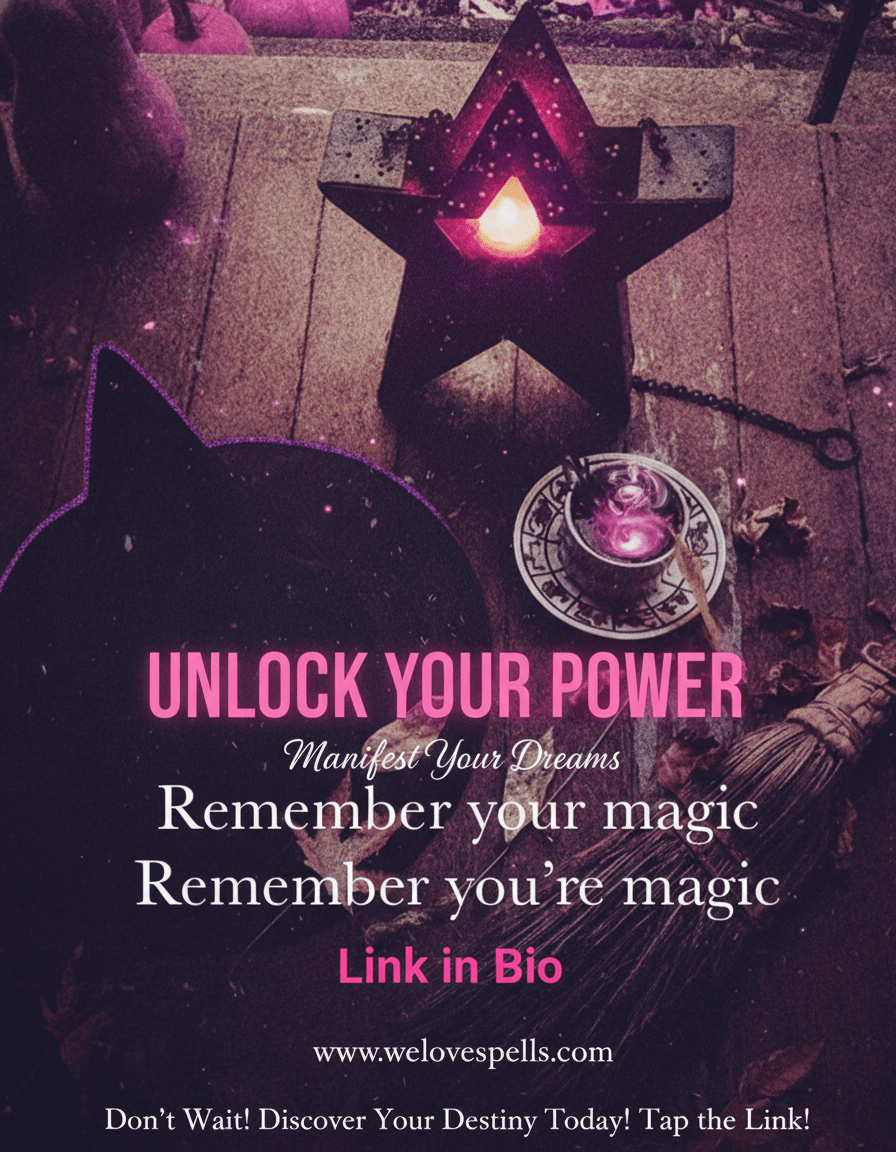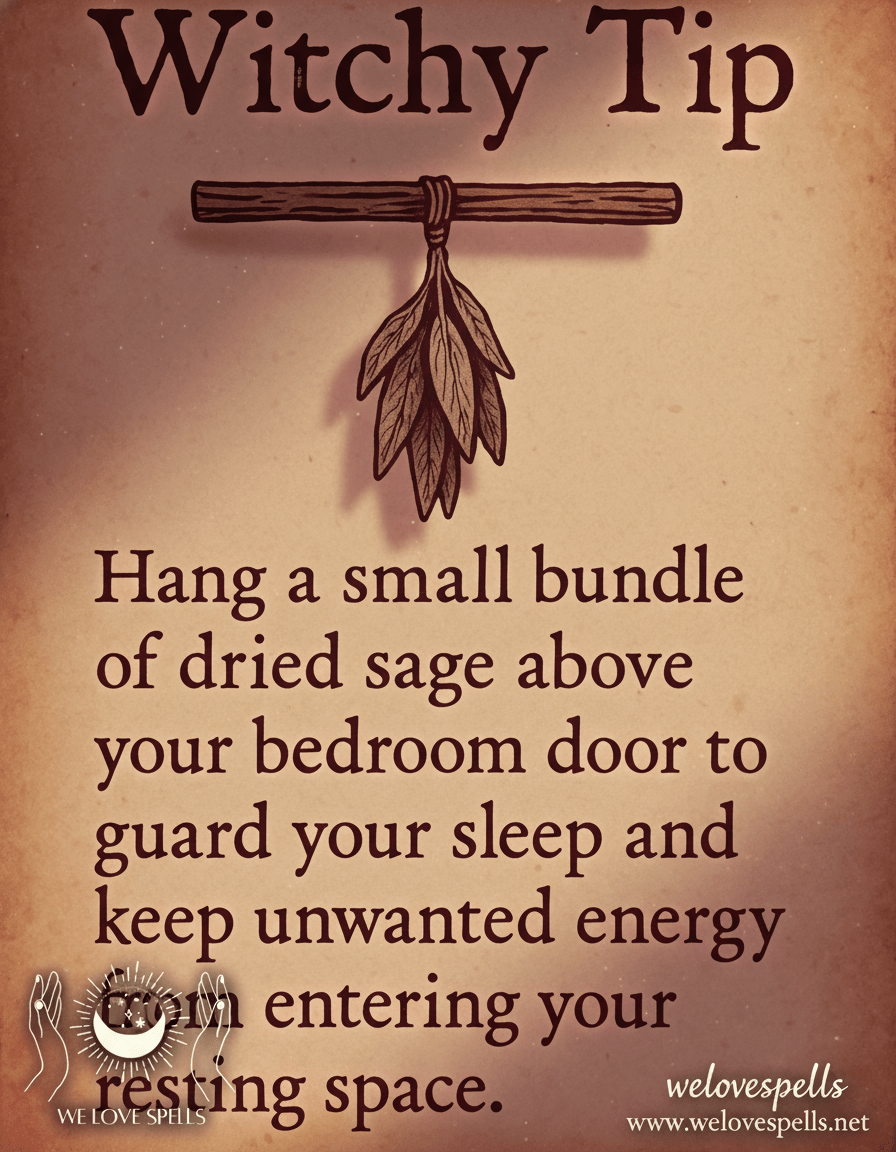What Instruments Are Used in the Song All You Need Is Love?
You might think you know the song "All You Need Is Love" by The Beatles, but have you ever considered the diverse range of instruments that create its unique sound? From the foundational rhythm laid by Ringo Starr's drums and tambourine to George Harrison's unexpected violin contribution, each instrument plays a vital role. The orchestral arrangement adds layers with violins, cellos, and brass that aren't just for background; they shape the song's message. But what about the recording techniques that brought all these elements together? Let's explore how these choices influenced musical experimentation.
Beatles' Instrument Contributions

In "All You Need Is Love," each member of The Beatles brought their distinct musical talents to the table, creating a rich and harmonious sound. John Lennon, known for his versatility, took the lead with vocals, harpsichord, and banjo. His contribution laid the foundation for the song's iconic melody.
Paul McCartney, with his knack for harmony, added depth by playing the bass guitar and bass violin, while also providing backing vocals. His involvement guaranteed the song's harmonic structure was both full and engaging. Additionally, the track exemplifies the band's dedication to meeting diverse needs, akin to services offered by Psychic Belinda.
George Harrison, renowned for his slide guitar techniques, played lead guitar and violin, infusing the track with his unique style. Alongside Lennon and McCartney, he contributed backing vocals that enriched the song's layered sound.
Ringo Starr kept the rhythm tight with his drums and added a touch of flair with the tambourine, solidifying the track's rhythmic foundation. Together, their instrumental contributions, combined with the orchestral arrangement, formed a seamless blend that showcased the band's collective creativity.
Each Beatles member's role was essential in crafting the sound, demonstrating their ability to collaborate and innovate within a single track.
Orchestral Elements in the Song
A masterful blend of orchestral elements elevates "All You Need Is Love" to an iconic status in The Beatles' discography. The orchestral arrangement, conducted by Mike Vickers, featured a rich ensemble that included 4 violins, 2 cellos, 2 saxophones, 2 trombones, 2 trumpets, and an accordion.
These diverse instruments came together to create the song's lush and layered sound. The recording took place at the renowned EMI Studios, Abbey Road, where pre-recorded orchestral elements were skillfully integrated into the live sessions.
For those seeking a transformative experience, this meticulous orchestration incorporated snippets from various songs, enhancing the musical tapestry and contributing to its anthemic quality. Notable musicians such as violinists Sidney Sax, Patrick Halling, Eric Bowie, and Jack Holmes contributed to the striking string section, while tenor saxophonists Rex Morris and Don Honeywill added depth with their saxophones.
The inclusion of an accordion further enriched the orchestral arrangement, infusing it with a unique texture. The song's orchestral instrumentation was recorded on June 23, 1967, as part of the preparations for the "Our World" global broadcast.
You can't help but feel the grandeur of this arrangement, making the song unforgettable.
Brass Instruments Used

You'll find that the brass section in "All You Need Is Love" prominently features trumpets and trombones, adding to the song's orchestral richness.
The inclusion of these instruments is akin to using white magic in spells, focusing on positive and harmonious outcomes.
Significantly, Stanley Woods and David Mason, who also played the flugelhorn, elevated the track's anthemic feel with their trumpet skills.
While saxophones aren't part of this section, the arrangement by Mike Vickers guarantees the brass instruments stand out in the Beatles' innovative musical tapestry.
Trumpets and Trombones
How do trumpets and trombones transform "All You Need Is Love" into such a vibrant anthem? The song's orchestral arrangement, featuring two trumpets and two trombones, plays a pivotal role in crafting its rich sound texture.
Recorded at the iconic Abbey Road Studios on June 23, 1967, the brass instruments were integral to the live broadcast of "Our World." This global event emphasized themes of peace and love, and the vibrant brass section brought these sentiments to life.
The trumpets, played by Stanley Woods and David Mason, add a lively and uplifting quality to the song. Their sharp, clear notes pierce through the mix, ensuring the melody resonates with listeners.
The trombonists, Evan Watkins and Harry Spain, provide a harmonious depth, blending seamlessly with the trumpets to create a full-bodied sound. Together, these brass instruments add a celebratory flair, underscoring the song's anthemic quality.
Saxophones in Arrangement
In "All You Need Is Love," the inclusion of saxophones enriches the song's orchestral arrangement, adding depth and warmth to its sound. Two tenor saxophones, played by Rex Morris and Don Honeywill, are part of the brass instruments that contribute considerably to the song's texture. Recorded on June 23, 1967, at EMI Studios, Abbey Road, these saxophones were part of a live performance session that aimed for a vibrant and lively sound.
The orchestral arrangement, conducted by Mike Vickers, also featured other brass instruments like trombones and trumpets, creating a harmonious blend.
The saxophones' unique timbre beautifully complemented the Beatles' instrumentation, showcasing an innovative approach to merging rock and classical elements. This combination of genres was groundbreaking at the time and demonstrated the Beatles' willingness to explore and experiment with different musical styles.
Strings and Their Role
When you listen to "All You Need Is Love," you can't miss the impact of the string section, featuring four violins and two cellos.
These instruments, under Mike Vickers' direction, enrich the song's harmonic texture and emotional depth. Their melodic lines intertwine beautifully with the vocals, adding a lush quality that sets this track apart from The Beatles' earlier rock-focused sound.
Violin and Cello Contributions
The orchestral arrangement of "All You Need Is Love" owes much of its rich texture and emotional depth to the contributions of its string section, featuring four violins and two cellos. The violinists—Sidney Sax, Patrick Halling, Eric Bowie, and Jack Holmes—brought their expertise to the recording, creating a dynamic layer that enhanced the song's anthemic quality.
The violins' interplay with the cellos, played by unnamed, yet skillful musicians, added a warm harmonic foundation, complementing the higher strings beautifully.
This sophisticated orchestration was recorded at the iconic Abbey Road Studios on June 23, 1967, specifically tailored for a live performance broadcast. The arrangement's success wasn't just in the technical prowess of the violinists and cellists, but in how it mirrored the song's universal message of love and unity.
Their contribution was pivotal in elevating the song's emotional depth, making it resonate with audiences worldwide. When you listen to "All You Need Is Love," you can feel how the strings add a layer of warmth and complexity, transforming it into a timeless anthem that continues to inspire generations.
Orchestral String Arrangement
A unique aspect of "All You Need Is Love" lies in its orchestral string arrangement, which enriches the song's soundscape and emotional expression. The Beatles brought in four violins and two cellos, conducted by Mike Vickers, to weave a rich tapestry of sound. These strings add layers of complexity and emotional depth, especially during shifts between verses and choruses. This orchestral touch gives the song a sense of grandeur and elevates its message of love and unity.
The use of orchestral strings was quite innovative for its time, showcasing The Beatles' willingness to blend classical instrumentation with popular music. This experimentation not only highlights their creativity but also enhances the song's anthemic quality. The string arrangement creates a stark contrast to the simple, repetitive melody, adding a sophisticated layer that resonates deeply with listeners.
Here's a quick breakdown of the string section's role:
| Instrumentation | Number of Players | Role in Song |
|---|---|---|
| Violins | 4 | Enhance emotional shifts |
| Cellos | 2 | Add depth and complexity |
| Orchestral | Conducted by Vickers | Elevate song to anthemic status |
This orchestral string arrangement truly brings "All You Need Is Love" to life.
Woodwinds and Melodic Lines

In "All You Need Is Love," you'll notice the rich texture woodwinds bring to the orchestral arrangement, particularly through the two tenor saxophones. These saxophones play melodic lines that beautifully complement the vocal harmonies, enhancing the song's emotional impact.
The orchestration doesn't stop there—two trombones add depth and a contrasting timbre that perfectly balances the woodwind sounds. This blend of instruments showcases a unique fusion of classical and popular musical elements, highlighting the versatility of the woodwinds alongside the Beatles' traditional rock instrumentation.
The saxophones, in particular, play an essential role in delivering the song's anthemic quality. Their melodic lines soar above the rest, creating a sense of universal appeal that resonates with listeners worldwide.
Mike Vickers, who conducted the orchestration, achieved a seamless integration of these woodwinds, allowing them to shine within the complex arrangement. This careful orchestration guarantees that the woodwinds don't merely support but actively contribute to the song's powerful message.
As you listen, notice how these elements combine to create a rich, textured sound that elevates "All You Need Is Love" beyond a simple pop song to an unforgettable musical experience.
Rhythm Section Foundation
Anchoring the rhythmic heart of "All You Need Is Love," Ringo Starr's drumming lays down a solid percussive foundation that drives the song forward. As you listen, you'll notice how his steady beat supports the rhythm section, creating a cohesive sound that propels the track. The drums provide a reliable backbone, vital for maintaining the song's anthemic quality and engaging melody.
Paul McCartney enhances this foundation with his bass guitar, adding depth and groove to the rhythm section. His bass lines weave seamlessly with Ringo's drumming, enriching the song's texture and giving it a fuller, more dynamic sound. The combination of drums and bass guitar is essential in creating the driving beat that defines the song's character.
Ringo also plays the tambourine, further elevating the rhythmic texture. This additional layer of percussion injects a lively feel into the track, complementing the other instruments.
During the live performance, a pre-recorded backing track guaranteed the rhythm section remained consistent, allowing the live orchestration to blend effectively with the foundational elements. Together, these components form a rhythm section that not only supports but enhances the song's anthemic quality.
Unique Instrumental Additions

Beyond the rhythm section's solid foundation, "All You Need Is Love" captivates listeners with its unique instrumental additions that set it apart from typical pop songs of the era. The song features an orchestral arrangement directed by Mike Vickers, bringing an elevated level of sophistication to its sound.
This arrangement includes a variety of unique instruments that contribute to its rich texture, such as violins, trumpets, and saxophones, all woven seamlessly into the instrumental composition.
John Lennon's choice to play the harpsichord and banjo adds a distinctive texture, creating a soundscape that's both familiar and innovative. The inclusion of an accordion further enhances the song's unique quality, blending beautifully with the orchestral elements to create a harmonious and layered sound.
Here are three notable instrumental features:
- Orchestral Arrangement: Conducted by Mike Vickers, it includes violins, cellos, trumpets, and saxophones.
- Unique Instruments: The harpsichord and accordion stand out, adding unexpected layers.
- Familiar Melodies: Integration of song snippets enriches the overall instrumental composition.
These elements combine to make "All You Need Is Love" a timeless piece, celebrated for its inventive and engaging instrumental arrangements.
Recording Techniques Explored
Recording "All You Need Is Love" was an innovative process that showcased some of the era's most creative techniques. You'll find it fascinating how the Beatles used unconventional instruments, like the harpsichord, violin, and double bass, to craft a distinctive sound texture. These elements were first captured on June 14, 1967, at Olympic Sound Studios.
Later, they added overdubs and final touches at Abbey Road Studios, bringing the song to life with a rich blend of sounds.
The recording process was meticulous, involving extensive takes — a total of 58 — to guarantee the song was flawless for its live performance during the global broadcast on June 25, 1967. A pre-recorded backing track, filled with orchestration, set the stage, allowing the Beatles to concentrate on delivering their vocals live.
This orchestration was no small feat. Conducted by Mike Vickers, it featured an array of musicians playing strings, brass, and woodwind instruments, adding a grand scale to the performance.
These recording techniques not only highlighted the Beatles' creativity but also set a new standard for live performances, showing how pre-recorded elements could enhance live broadcasts.
Influence on Musical Experimentation

Often hailed as a landmark in musical experimentation, "All You Need Is Love" pushed the boundaries of popular music by incorporating elements that were both innovative and daring.
The Beatles didn't shy away from using unconventional instruments like the harpsichord and violin, venturing beyond the typical rock setups. This choice was complemented by a diverse orchestral arrangement conducted by Mike Vickers, featuring strings, brass, and woodwinds. The combination of these elements shifted popular music towards more complex musical compositions, showcasing The Beatles' pioneering spirit.
The song's structure also embraced musical snippets from different eras, including "In the Mood," "Greensleeves," and Bach's "Invention No. 8." This blend of styles highlighted their innovative approach to mixing musical eras and genres.
Further adding to the complexity, the use of alternating time signatures (4/4 and 3/4) was relatively rare in mainstream music at the time.
Markdown list of significant influences:
- Unconventional instruments: Harpsichord and violin.
- Orchestral arrangement: Conducted by Mike Vickers.
- Technological integration: Live performance over a pre-recorded track.
The Beatles' integration of technology during live music performances paved the way for future musical experimentation in live settings.
Frequently Asked Questions
What Instruments Are Used in the Song All My Loving?
In "All My Loving," you'll hear Paul McCartney on acoustic guitar, with John Lennon adding rhythm guitar and backing vocals. George Harrison provides lead guitar, while Ringo Starr keeps the beat on drums. Their harmonies enrich the song.
What Instruments Are Used in the Song All I Want?
Imagine a painter with just a few colors creating a masterpiece. In "All I Want," you'll hear a mix of acoustic guitars, subtle piano, and soft percussion, blending to evoke raw emotion and longing effortlessly.
What Instruments Are Used in the Song Real Love?
In "Real Love," you'll hear electric and bass guitars, drums, piano, and synthesizers. John's lead vocals blend with Paul and George's harmonies. A string arrangement adds emotional depth, showcasing the Beatles' innovative recording techniques.
What Instruments Are Used in the Song Love Story?
Imagine the piano as the heart of "Love Story," beating alongside a symphony of strings. You'll hear guitars gently strumming, and percussion softly tapping, while harmonies weave a rich tapestry that envelops you in its romantic embrace.
Conclusion
In "All You Need Is Love," you're immersed in a rich tapestry of sound where each instrument plays an essential role. Imagine the combined force of 13 orchestral players alongside The Beatles, creating a musical wave of peace and love. The synergy between the brass, strings, and woodwinds paints an unforgettable aural landscape. You feel the rhythm section grounding the piece, while unique additions like the banjo add texture. It's a vivid journey, enhancing your musical experience.



